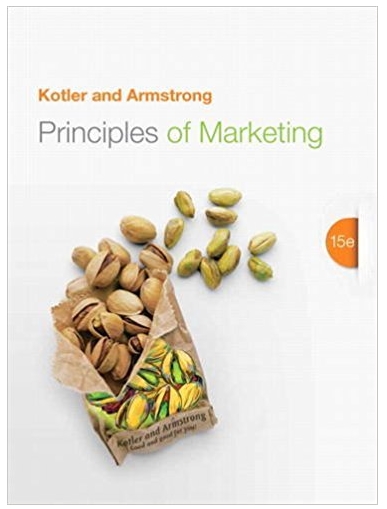1. Was the uproar over LFTB warranted, given the fact that it is a product deemed safe...
Question:
2. Explain the type of buying situation faced by the companies that dropped the use of LFTB. Describe the buying decision process they likely went through to find a replacement product.
In the early 1990s, Eldon Roth figured out a way to profit from slaughterhouse meat trimmings, by-products that were once used only in pet food and cooking oil. This cheap and safe beef product is called "lean, finely textured beef" (LFTB). The fatty bits of beef are heated and treated with a puff of ammonium hydroxide gas to kill bacteria. You've probably eaten many hamburgers that included LFTB prepared by fast-feeders, at school cafeterias, or even in your own kitchen. LFTB makes ground beef leaner and cheaper. Shortly after it was developed, a health safety inspector dubbed LFTB "pink slime," but the name didn't become public until the major "pink slime" media brouhaha erupted in 2012. Consumers were repulsed to learn that they were eating unappealing beef parts that were "soaked in ammonia." Sales of ground beef fell 11 percent in one month. Ground beef producer AFA Foods sought bankruptcy protection and Cargill lost 80 percent of its customers. The industry's leading LFTB manufacturer, Beef Products, Inc., shuttered 75 percent of its processing plants and laid off 650 workers. McDonald's and other fast-feeders, supermarkets, and institutional buyers such as schools and hospitals discontinued using beef products containing LFTB, even though the safe and inexpensive product has been around for many years.
Fantastic news! We've Found the answer you've been seeking!
Step by Step Answer:
Related Book For 

Principles of Marketing
ISBN: 978-0133084047
15th global edition
Authors: Philip T. Kotler, Gary Armstrong
Question Posted:





